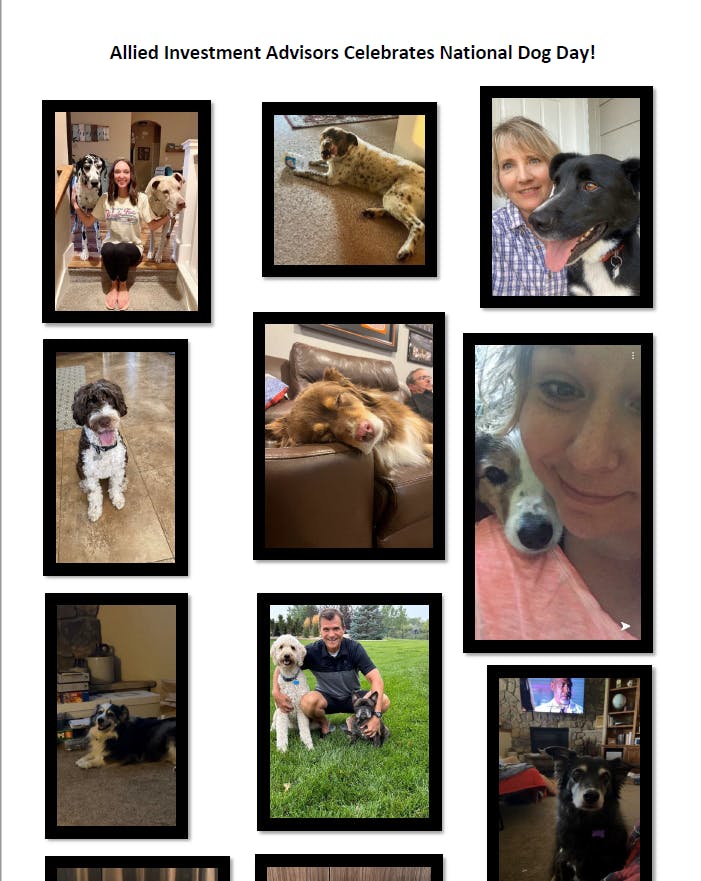Retirement Insights & SECURE 2.0 Update
August 29, 2023
Here are 10 important retirement insights to assist with your company sponsored retirement plan and aid in conversations with participants.
- HOT OFF THE PRESS. On August 25th, the IRS announced an administrative transition period that extends until 2026 the new requirement that any catch-up contributions made by higher-income ($145,000+) participants in retirement plans must be designated as after-tax Roth contributions. This provision was originally set to take effect on January 1, 2024. (Source: IRS.gov)
- WHEN SMALL IS GOOD. Plans with 100 or more eligible employees must include an independent financial audit when filing the annual Form 5500. Starting with the 2023 Form 5500, the method for counting heads will change to counting only participants with a balance on the 1st day of the plan year. With this change, the DOL counts 18,669 more DC plans that could file as a small plan and avoid having to pay for a plan audit every year. (Source: Department of Labor)
- THE INCREDIBLE SHRINKING DOLLAR. Savers need to understand the effects inflation will have on their retirement income. The fastest-growing costs of older Americans between 2000 and 2023 are eggs (332%), out-of-pocket prescription drug costs (311%), heating oil per gallon (279%), general dental services (275%), Medicare Part B standard monthly premiums (262%) and homeowner's insurance (193%). (Source: The Senior Citizens League, US Bureau Labor of Statistics)
- KEEP UP THE GOOD WORK. More employees with access to employer-sponsored financial wellness services are using those services, including coaching, workshops, webinars and online tools. Usage grew from 51% of employees with access in 2012 to 68% at the start of 2023. (Source: PwC)
- YOU DO YOU, BUT... The average company contributions as a percentage of payroll in 2021 was 4.4% for 401(k) plans and 6.4% for 401(k)/profit sharing plans. (Source: Plan Sponsor Council of America)
- BEST LAID PLANS. A federal study of when and why workers retire confirms the probability that some workers who plan to work past retirement age may not get to: 29% said a health problem was a factor in their decision when to stop working, 15% said they retired to care for a family member and 10% said they were forced to retire or work was not available. (Source: US Federal Reserve)
- RELATIONSHIPS COUNT. The two most common reasons investors give for firing their advisor are Quality of Financial Advice and Services (32%) and the Quality of the Relationship (21%). (Source: Morningstar)
- GEN Z ON TRACK. Younger workers have the lowest median age for starting retirement saving and the highest median savings rate: Gen Z (born 1997 to 2012) started at age 19 and has a 20% savings rate; Millennials (born 1981 to 1996) started at age 25 and have a 12% savings rate; Gen X (born 1965 to 1980) started at age 30 and has a 10% savings rate; Baby Boomers (born 1946 to 1964) started at age 35 and have a 10% savings rate. (Source: Transamerica Center for Retirement Studies)
- MAKING SMART DESIGN SMARTER. Plan design tips from behavioral economist Shlomo Benartzi for making a greater impact on participant outcomes without affecting participant opt-out rates include setting an automatic enrollment default at 7% (versus 3%) and escalating default deferral rates by 2%. (Source: SchlomoBenartzi.com)
- RAISE THE 'WOOF'. August 26th was National Dog Day, a day set aside to recognize the unconditional loyalty and love dogs have for us. To celebrate, the Allied Investment Advisors team shared some of their sweet pups on LinkedIn. Or, you can find their adorable mugs at the bottom of the post.
If we can answer any questions on your company sponsored retirement plan or individual retirement planning, please let us know.

